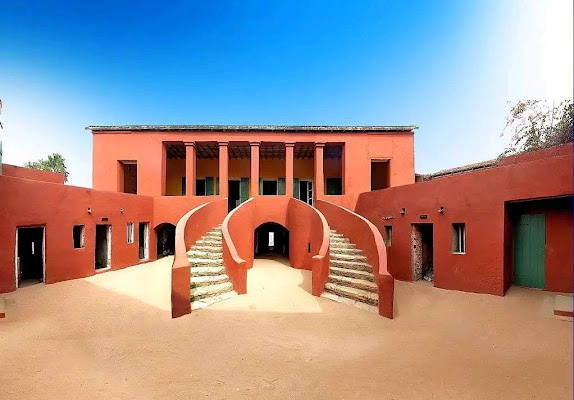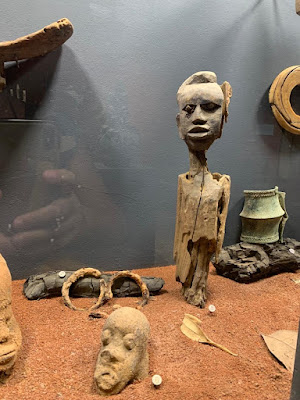House of Slaves
About This Museum
Perched on the edge of Dakar, on the small island of Gorée, the House of Slaves is a memorial that feels more like a scar than a building. It opened as a museum in 1962, but its history is rooted in a far darker past, believed to have been one of the final holding centers for enslaved Africans before their forced departure across the Atlantic. You don't so much tour this place as you feel its weight; the air is thick with a silence that seems to hold centuries of anguish. It’s a profoundly somber experience that recontextualizes the entire transatlantic slave trade from an abstract history into a visceral, human tragedy.
Collection Highlights
The most powerful 'exhibit' is the architecture itself—the cramped, dark stone cells categorized by gender and age, and the chilling 'Door of No Return,' a small portal facing the open ocean through which countless individuals took their last steps on African soil.
Visitor Information
You'll need to take a short ferry from Dakar's main port to get to Gorée Island. Once there, just follow the path; everyone knows where it is. There's no need to rush your visit—take your time to process what you're seeing and feeling.
Architecture & Building
It's an unassuming, two-story pink ochre house with a simple, almost domestic facade that starkly contrasts with the brutal reality of what occurred inside.
Contact & Location
Address: Dakar, Région de Dakar, Sénégal
Phone: +221 77 649 38 24


